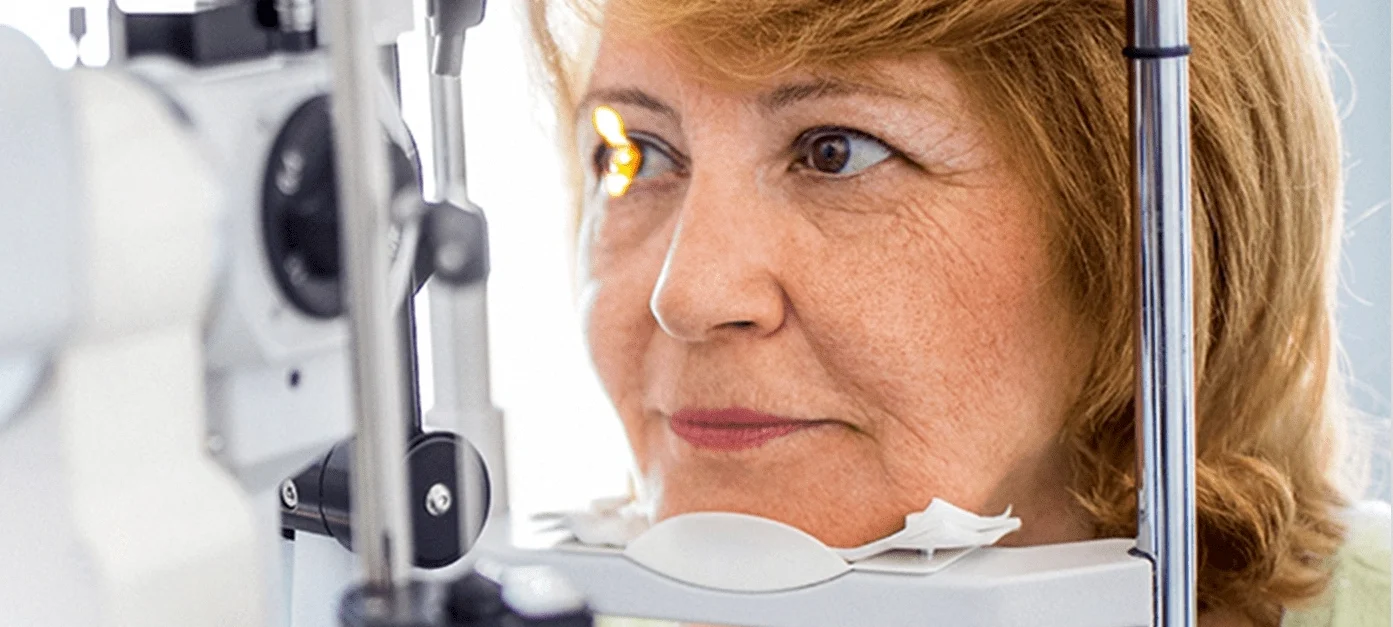The Three Types of Cataracts

Cataracts are a common eye condition that affects millions of people worldwide. They cause clouding of the natural lens of the eye, leading to vision impairment and, if left untreated, can even result in blindness. It is crucial to understand the different types of cataracts to recognize their symptoms, seek appropriate treatment, and take preventive measures. In this blog post, we will explore the three main types of cataracts: nuclear cataracts, cortical cataracts, and posterior subcapsular cataracts.
What are Nuclear Cataracts?
Nuclear cataracts are the most common type, typically associated with aging. They develop in the center (nucleus) of the lens and progress slowly over time. Key points to know about nuclear cataracts include:
- Nuclear cataracts occur when the proteins in the lens clump together, causing clouding and reduced clarity of vision.
- They often result in a yellowing or browning tint in the center of the lens.
Advanced age is the primary risk factor for nuclear cataracts. Other contributing factors include prolonged exposure to sunlight, smoking, diabetes, and certain medications. Some common symptoms and signs of progression of Nuclear Cataracts can include:
- Gradual decline in near vision and increased sensitivity to glare.
- Difficulty distinguishing colors and reduced contrast sensitivity.
As the cataract progresses, it may lead to significant vision impairment. It is important to understand that diagnosis and treatment options rely on regular eye examinations by your ophthalmologist who is able to detect nuclear cataracts. Treatment involves cataract surgery to replace the clouded lens with an artificial intraocular lens (IOL). When it comes to preventing Nuclear Cataracts, wearing sunglasses with UV protection and a wide-brimmed hat when outdoors and managing underlying health conditions, such as diabetes, and maintaining a healthy lifestyle are two great options to slow down progression.
What are Cortical Cataracts?
Cortical cataracts form as wedge-shaped opacities that extend from the periphery of the lens towards the center. They create fissures and spokes, resulting in the disruption of light passing through the lens. Cortical cataracts develop in the lens cortex, the outer edge of the lens. They progress differently from nuclear cataracts and have distinct characteristics. Common causes and risk factors of Cortical Cataracts are:
- Aging is a common factor, but cortical cataracts can also be caused by genetics, diabetes, or eye trauma.
- Prolonged exposure to ultraviolet (UV) radiation is believed to play a role.
Progression varies, with some individuals experiencing rapid changes while others have slower progression. Some common symptoms and signs of progression of Cortical Cataracts include:
- Blurred or hazy vision, especially in bright light or high-contrast situations.
- Difficulty with depth perception and changes in near and distance vision.
Comprehensive eye exams can identify cortical cataracts. Surgical removal of the cataract followed by IOL implantation is the most common treatment. Just like Nuclear Cataracts, wearing UV-blocking sunglasses and maintaining a healthy lifestyle to manage underlying conditions can help prevent or slow down the progression of Cortical Cataracts.
What are Posterior Subcapsular Cataracts?
Posterior subcapsular cataracts often form as a small, opaque area on the posterior surface of the lens. They can progress rapidly and have a significant impact on vision. Posterior subcapsular cataracts develop at the back of the lens, affecting the area directly behind the lens capsule. The causes and risk factors can include:
- Prolonged corticosteroid use is a primary cause.
- Other factors include diabetes, eye trauma, or genetic predisposition.
Some common symptoms and signs of progression of Posterior Subcapsular Cataracts can include:
- Glare and halos around lights, especially at night.
- Difficulty reading or seeing in low-light conditions.
- Rapid visual changes and decreased vision quality.
Like the other types of Cataracts, comprehensive eye examinations help identify posterior subcapsular cataracts. If diagnosed surgery would be needed to remove the cataract and implant an IOL is the standard treatment. As mentioned previously one of the main ways to prevent cataracts is by managing underlying conditions, such as diabetes, and discussing alternative medications with a healthcare professional.
When to see a doctor about Cataracts
Understanding the three types of cataracts—nuclear, cortical, and posterior subcapsular—is crucial for early detection, appropriate treatment, and preventive measures. Regular eye examinations and consultations with eye care professionals are essential for timely diagnosis and intervention. By staying informed and taking necessary precautions, we can protect our vision and ensure a brighter future. Contact SightMD today to set up an appointment to discuss any concerns you may have about Cataracts.
Remember, this blog post is intended for informational purposes only and should not replace professional medical advice. If you suspect you have cataracts or any other eye condition, consult with an ophthalmologist or eye care specialist for proper evaluation and guidance.


